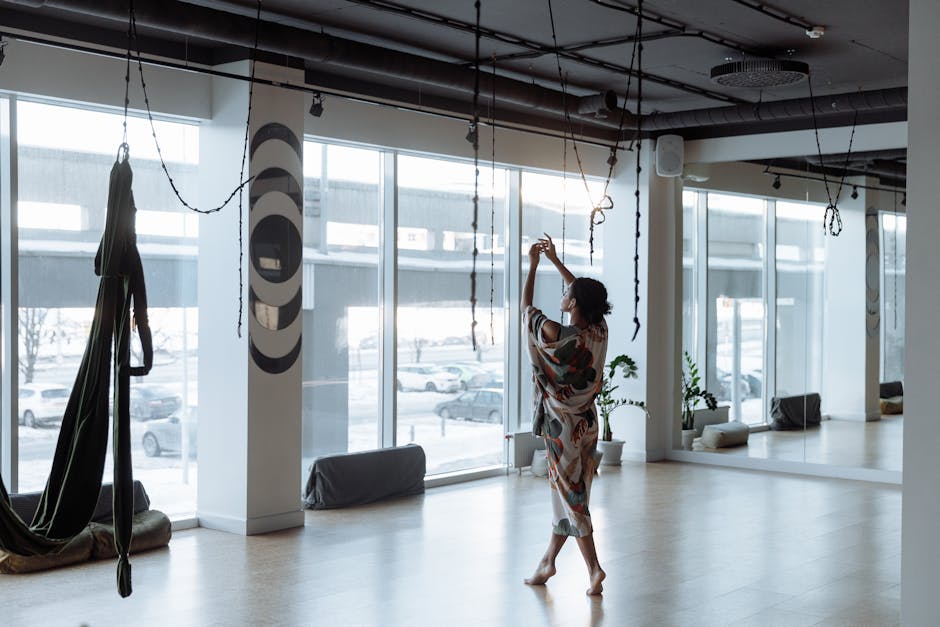Introduction to Yoga and Relaxation
Introduction to Yoga and Relaxation
Blog Article

In the fast-paced world we live in, finding moments of tranquility and relaxation is essential for maintaining overall well-being. Yoga, with its rich history and diverse practices, offers a pathway to achieve deep relaxation and stress relief. By integrating yoga relaxation techniques into your routine, you can cultivate a sense of calmness that benefits both the mind and body. This article explores the significance of relaxation in yoga, highlights effective breathing techniques, and introduces gentle yoga poses designed to enhance relaxation.
Introduction to Yoga and Relaxation
Yoga is more than just a physical exercise; it is a holistic practice that intertwines the body, mind, and spirit. One of the fundamental aspects of yoga is relaxation, which plays a crucial role in reducing stress, improving mental clarity, and promoting emotional balance. When practiced regularly, yoga can help individuals develop a deeper awareness of their bodies, allowing them to release tension and foster a profound sense of peace. By focusing on relaxation, practitioners can unlock the full potential of their yoga journey and experience its many benefits.
Breathing Techniques for Stress Relief
Breath is the cornerstone of yoga practice, providing a vital link between the body and mind. Specific breathing techniques, or pranayama, are particularly effective in enhancing relaxation during yoga sessions. Here are a few essential techniques for yoga relaxation:
1. Diaphragmatic Breathing
Also known as abdominal breathing, diaphragmatic breathing encourages a deep, full breath that engages the diaphragm. To practice this technique:
- Find a comfortable seated or lying position.
- Place one hand on your chest and the other on your abdomen.
- Inhale deeply through your nose, allowing your abdomen to rise while keeping your chest still.
- Exhale slowly through your mouth, feeling your abdomen fall.
- Repeat this for several minutes, focusing on the rise and fall of your abdomen.
2. 4-7-8 Breathing
This technique promotes relaxation and helps to reduce anxiety. To practice 4-7-8 breathing:
- Inhale quietly through your nose for a count of four.
- Hold your breath for a count of seven.
- Exhale completely through your mouth for a count of eight.
- Repeat this cycle for four breaths, gradually increasing the number of repetitions as you become more comfortable.
Gentle Yoga Poses for Relaxation
In addition to breathing techniques, incorporating gentle yoga poses into your practice can significantly enhance relaxation. Here are a few poses that are particularly effective for stress relief:
1. Child’s Pose (Balasana)
This restorative pose helps calm the mind and relieve tension in the back.
- Begin on your hands and knees, with your knees wide apart.
- Lower your hips back toward your heels and extend your arms forward on the mat.
- Rest your forehead on the ground and breathe deeply, allowing your body to relax into the pose.
2. Legs-Up-the-Wall Pose (Viparita Karani)
This pose promotes relaxation and improves circulation.
- Sit next to a wall and lie back, swinging your legs up onto the wall.
- Keep your arms relaxed by your sides or place them on your abdomen.
- Close your eyes and breathe deeply, allowing your body to sink into the floor.
3. Corpse Pose (Savasana)
A quintessential pose for relaxation, Savasana allows the body to absorb the benefits of your practice.
- Lie flat on your back with your legs extended and arms at your sides, palms facing up.
- Close your eyes and focus on your breath, letting go of any remaining tension.
Conclusion
Incorporating yoga relaxation techniques into your daily routine can dramatically enhance your ability to manage stress and promote overall well-being. By practicing specific breathing techniques and gentle yoga poses, you can create a sanctuary of relaxation in your life. Whether you are a beginner or an experienced practitioner, these methods are accessible and can be adapted to suit your individual needs. Embrace the journey of relaxation through yoga, and discover the profound peace it can bring to your life. For more insights and guidance on yoga relaxation techniques, consider exploring resources that focus on these practices.
Report this page